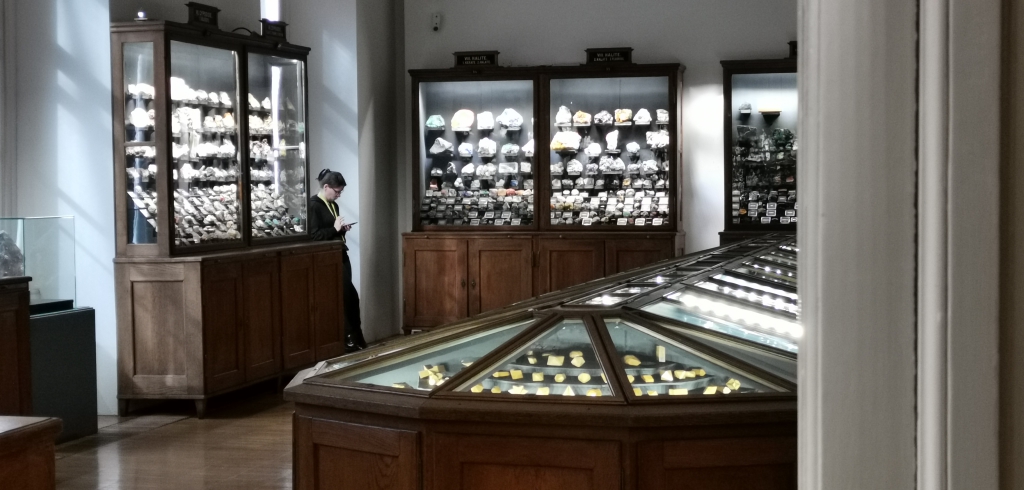“There is no unmediated photograph or passive camera obscura in scientific accounts of bodies and machines; there are only highly specific visual possibilities, each with a wonderfully detailed, active, partial way of organizing wolds. All these pictures of the world should not be allegories of infinite mobility and interchangeability, but of elaborate specificity and difference and the loving care people might take to learn how to see faithfully from another’s point of view, even wheen the other is our own machine.”
Donna Haraway, “Situated Knowledges: The Science Question iin Feminism and the Privilege of Partial Perspective,” 1991
Since their inception, natural history museums and botanical gardens have been cultivating and developing the specific image of nature. The objects exposed and collected by such institutions are the “other” from humans, and usually productive, useful. The relation between humans and objects is severed, and this process constructed both the figure of “man” as the other of nature, and the reduction of nature to a resource. In the moment of the climate breakdown it is necessary to challenge the dominant image of nature through as a resource and to reconsider and understand a human as an integral part of a nature. During this course we will look at the image of nature in the museum, understand how the exhibiting was a site where the processes of a modernist construction of a nature as the other from culture unfolded and challenge the image of nature as a resource. Working with the concept of naturecultures that Donna Haraway developed in order to break the modern opposition between nature and culture, the students will develop the concepts of museum display focused on one element that challenge the universalist reduction of nature into resource. The display strategies would aim to reveal and make public the complexities of relations and structures of extraction, capitalism, and commodification that were enabled by the reduction of nature to the resource and that can work towards a construction of a non extractivist museum display that breaks the division between the nature and culture, humans and non- or more-than-humans, and thus offers a starting point towards thinking ecologies beyond capitalism and extractivism.
The course Art and the Social in Summer Semester 2020 is connected to the Master Studio project The Sublime Landscape and its Relation to Labour.

